Notting Hill Carnival pavilion provides ‘a place to lime’ in London
A Notting Hill Carnival pavilion by Sumayya Vally and Alvaro Barrington draws on ‘the identities, mythologies, and rituals surrounding the Afro-Caribbean community'
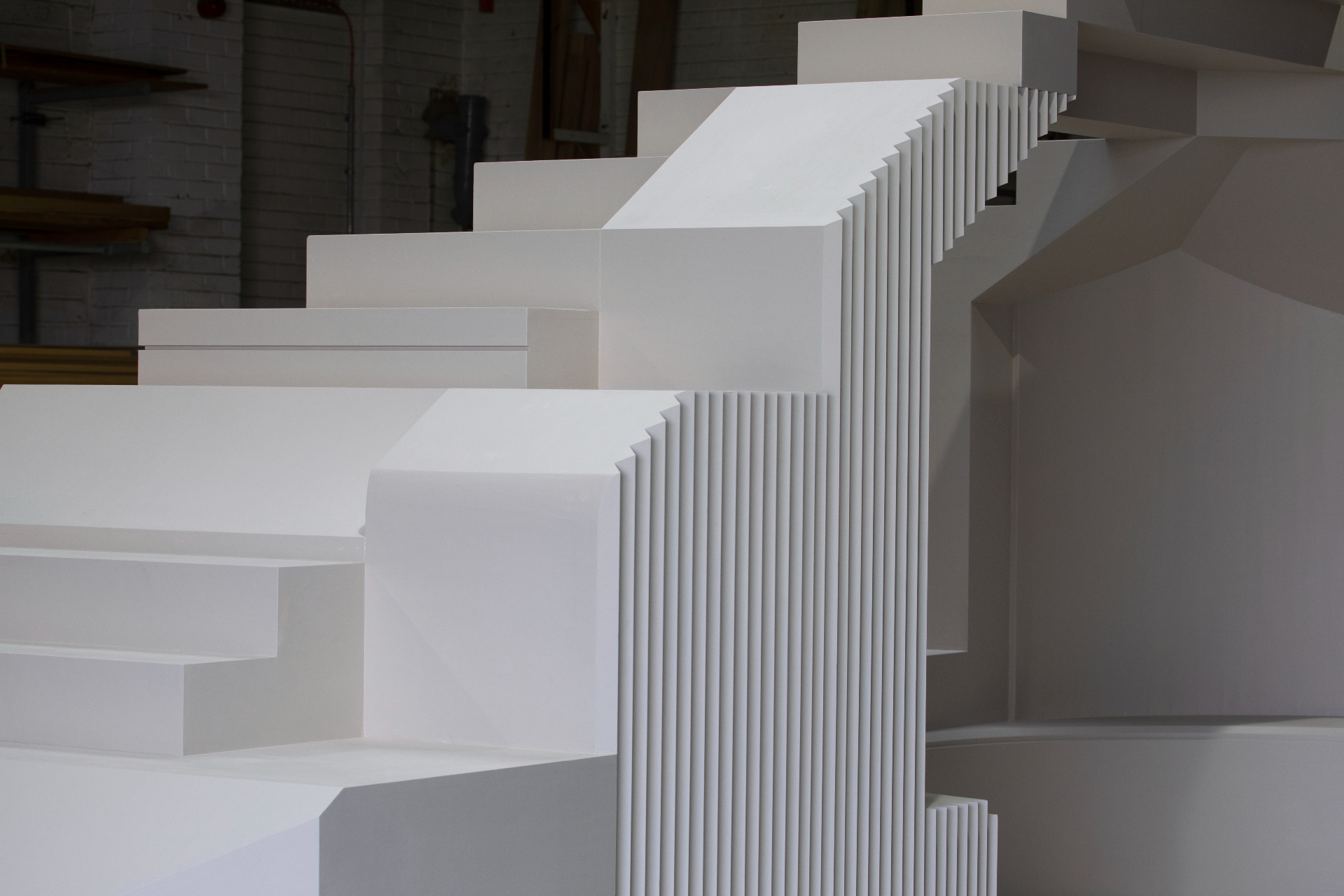
Amidst the feather-lined outfits, dazzling performances, and bustling crowds at this year’s Notting Hill Carnival sat an elegant, tiered structure that provided a well-needed zone of respite. The publicly accessible Notting Hill Carnival pavilion was a powerful collaboration between South African architect Sumayya Vally and London-based artist Alvaro Barrington. ‘Centering around themes of belonging, the project speaks to the identities, mythologies, and rituals surrounding the Afro-Caribbean community,' says Vally.
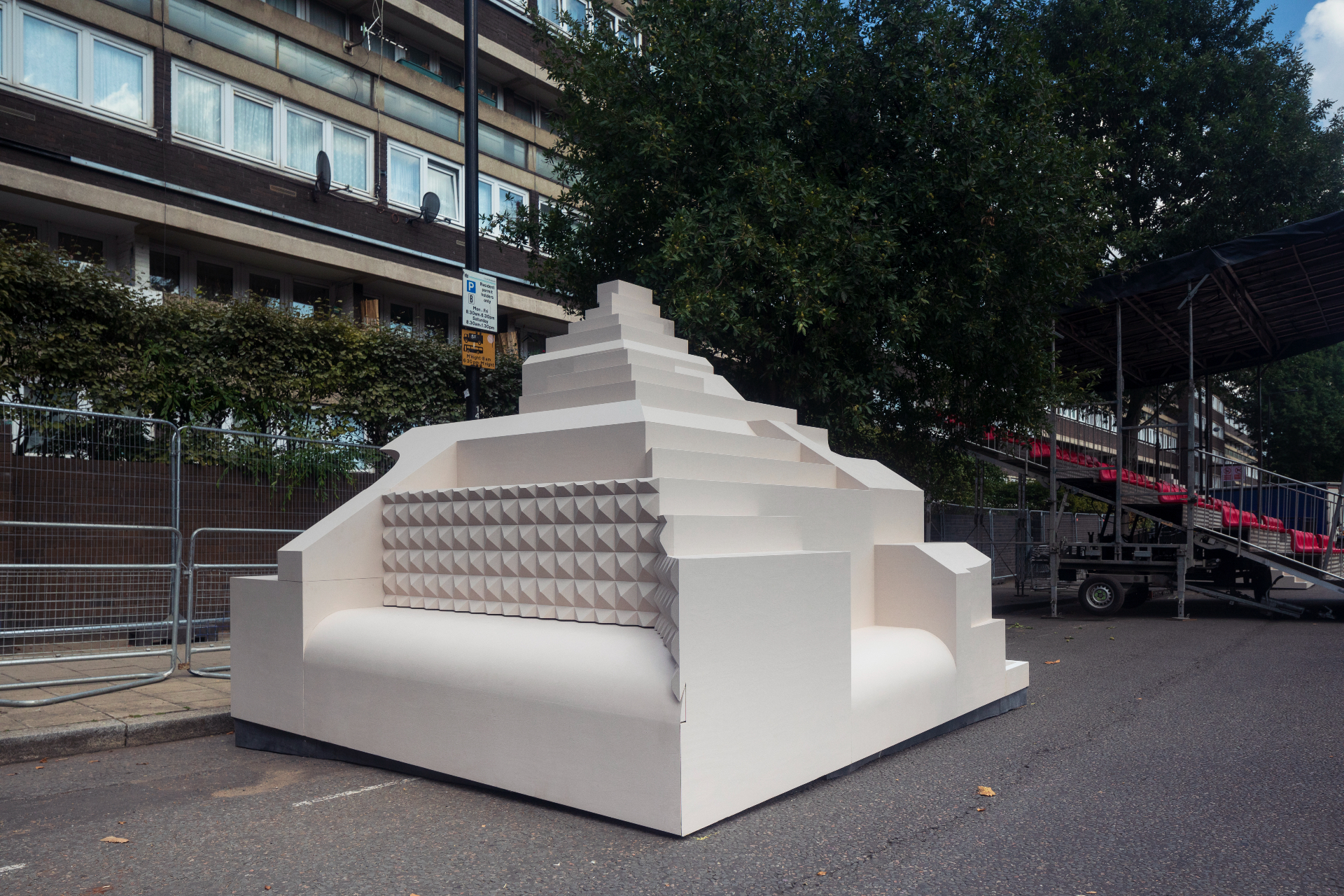
After meeting Vally at the 2021 Serpentine Pavilion last year, Barrington approached the co-founder of Counterspace to design a carnival scheme that produced the same sense of community that her Hyde Park structure achieved. ‘When I saw Sumayya’s pavilion, I was deeply moved. There was a strong feeling of freedom that flowed through the space,' says Barrington.
Charged with designing the structure, Vally researched key moments, spatial conditions, and groups that led Claudia Jones to establish Europe's largest street festival in 1958 – the Caribbean Carnival event, which later evolved into the annual Notting Hill Carnival. Two notable buildings that Vally studied were the historic Mangrove restaurant, which was an important symbol of resistance for the Afro-Caribbean community in Notting Hill, and the former church-turned-community hub, The Tabernacle. ‘For this project, we also looked at important Caribbean characters, traditions, and cultures, while honouring expansive geographies,’ says the architect.
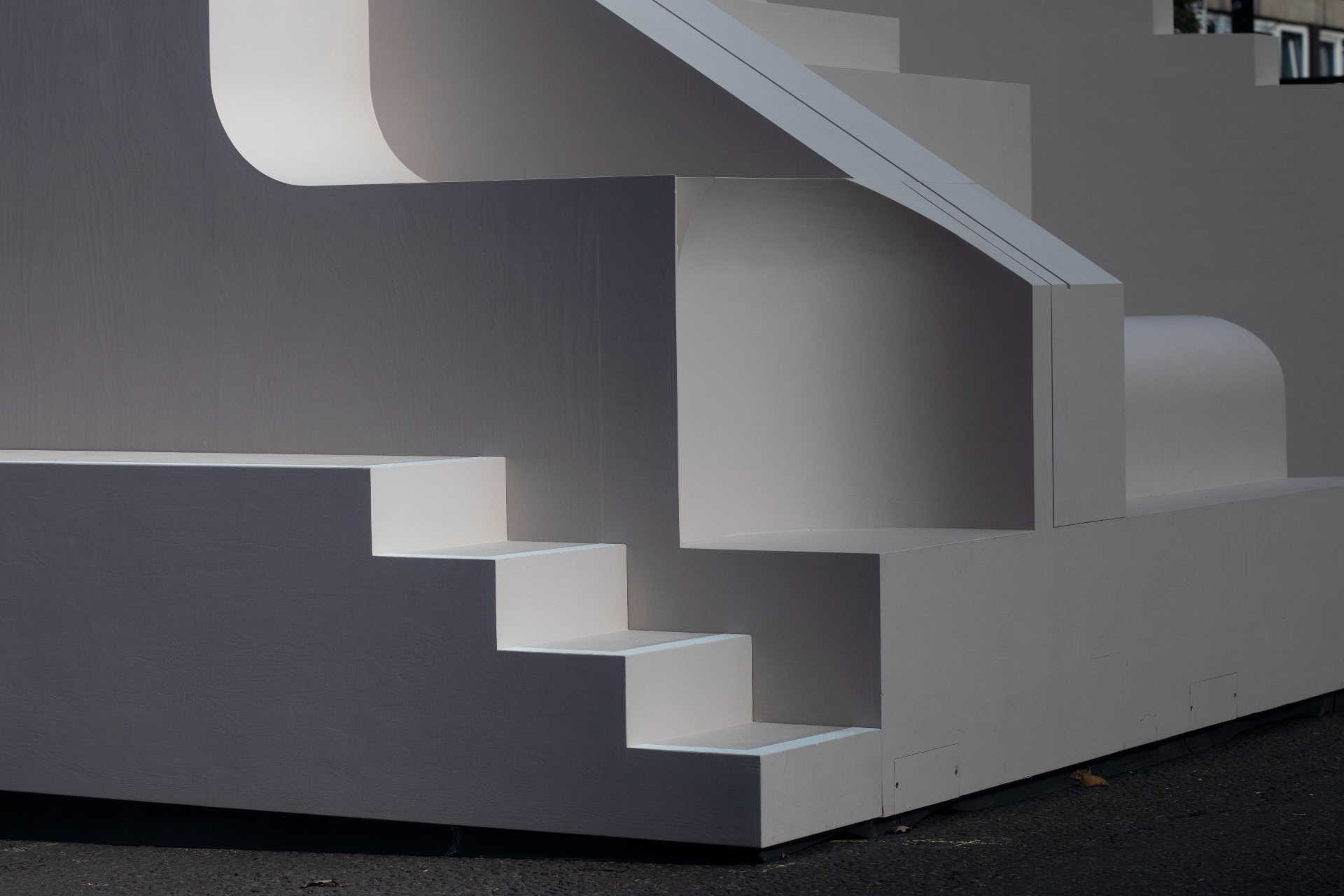
Nestled on Great Western Road, next to the judging zone on Sunday 28 August and Monday 29 August 2022, the stepped sculpture formed a place where people could take a break as revellers paraded the streets of West London. ‘The idea of resting is such a powerful invitation. This pavilion is a place for you to lime,’ says Barrington. In the Caribbean ‘liming’ or ‘to lime’ is a phrase used to describe people hanging out, chatting, and taking it easy. While many may have needed a break from the action, that isn't the only purpose the structure serves. The form also works as a humble performance platform, a backdrop for a stage, or a shaded retreat from the summer sun.
The structure consists of interlocking plywood elements; ‘We wanted to use materials and construction logic that were tied to the Caribbean and the language of its regions,’ says Vally. Here, the traditional elevated wooden homes of Barbados, Guyana, and Jamaica, with their steps and raised porches, come to mind. Towering 3m above the road, the triangular pavilion was originally installed incompletely. During the opening parade, community members finished the mountainous building by assembling the final pieces after their procession. This process is a nod to different identities coming together during Notting Hill Carnival. ‘I wanted the structure to have something of diasporic logic in how it works. So, we decided to have parts that can live separately but have moments where they can come together.’
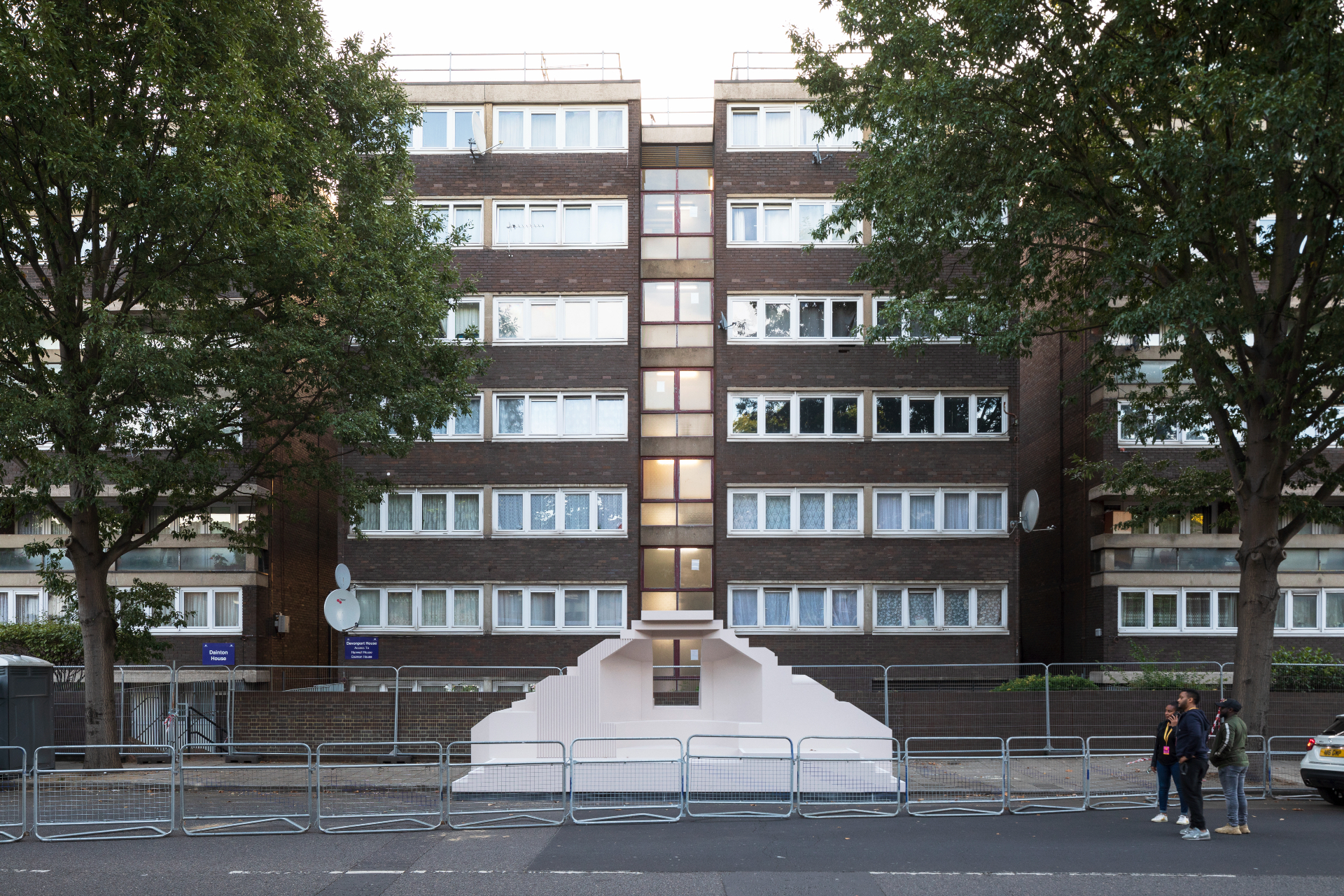
For Vally, one of the starting points for the project was a poignant photo of a woman carrying an item on her head during a Candomblé ceremony on the beach of Copacabana, Brazil. ‘In this image, the woman is honouring her ancestors. The object on her head can be likened to a small shrine for those that came before her,’ says Vally. ‘With this project I wanted to create something that honours the elders who were integral in making this part of London home for others.’
The pavilion forms part of a larger project that will consider different forms of living. ‘The impetus for this was always about immigration and why people leave their homes to go to new lands,’ says Barrington. Moving forward, the duo aim to use culture to address the needs of communities. ‘The next part of the project is about homes and how you become acquainted with spaces,’ says Barrington. Through architecture, the pair aim to amplify the voices of people of the African Diaspora, celebrating linked histories of cultural production while also producing places to lime.
Receive our daily digest of inspiration, escapism and design stories from around the world direct to your inbox.
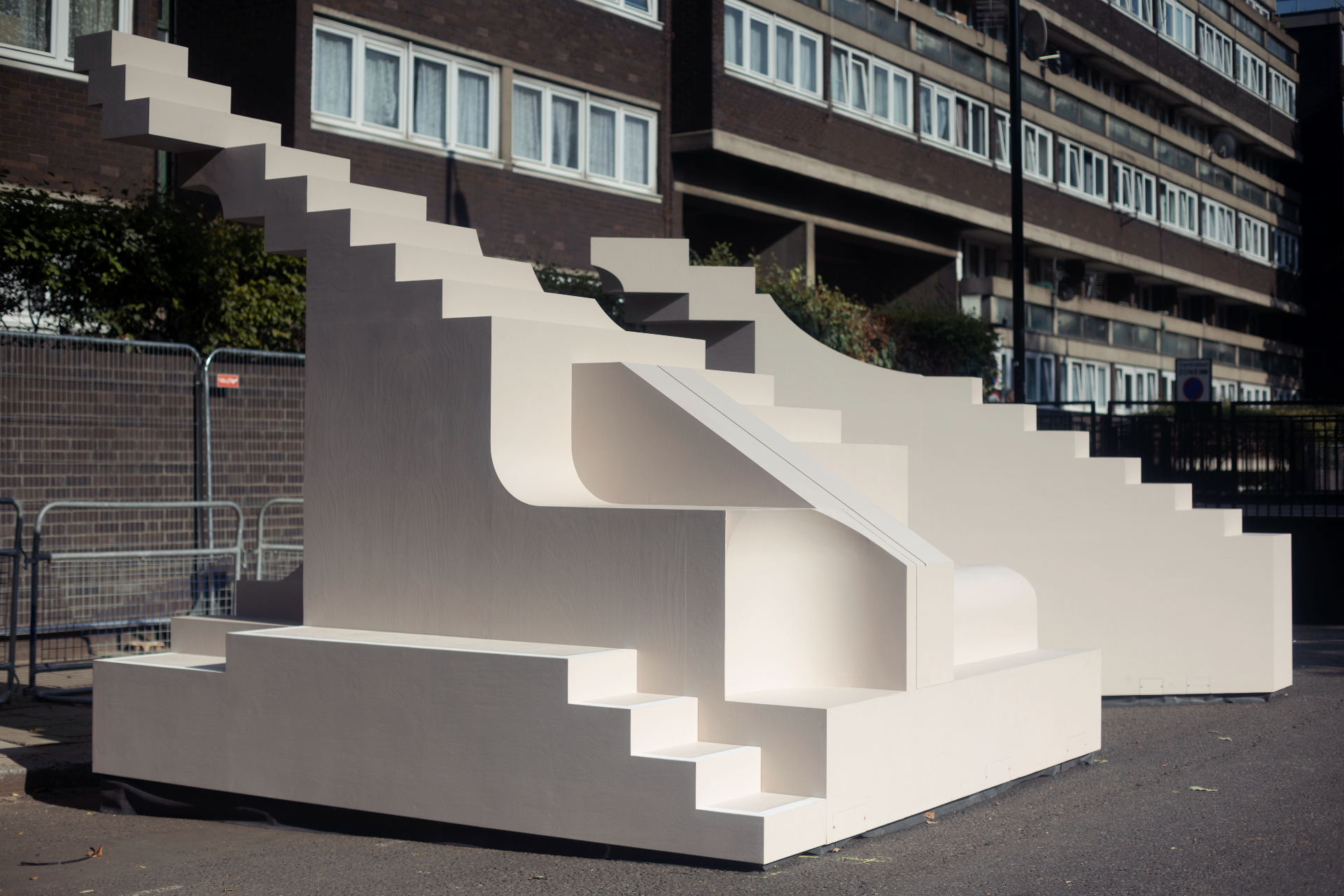
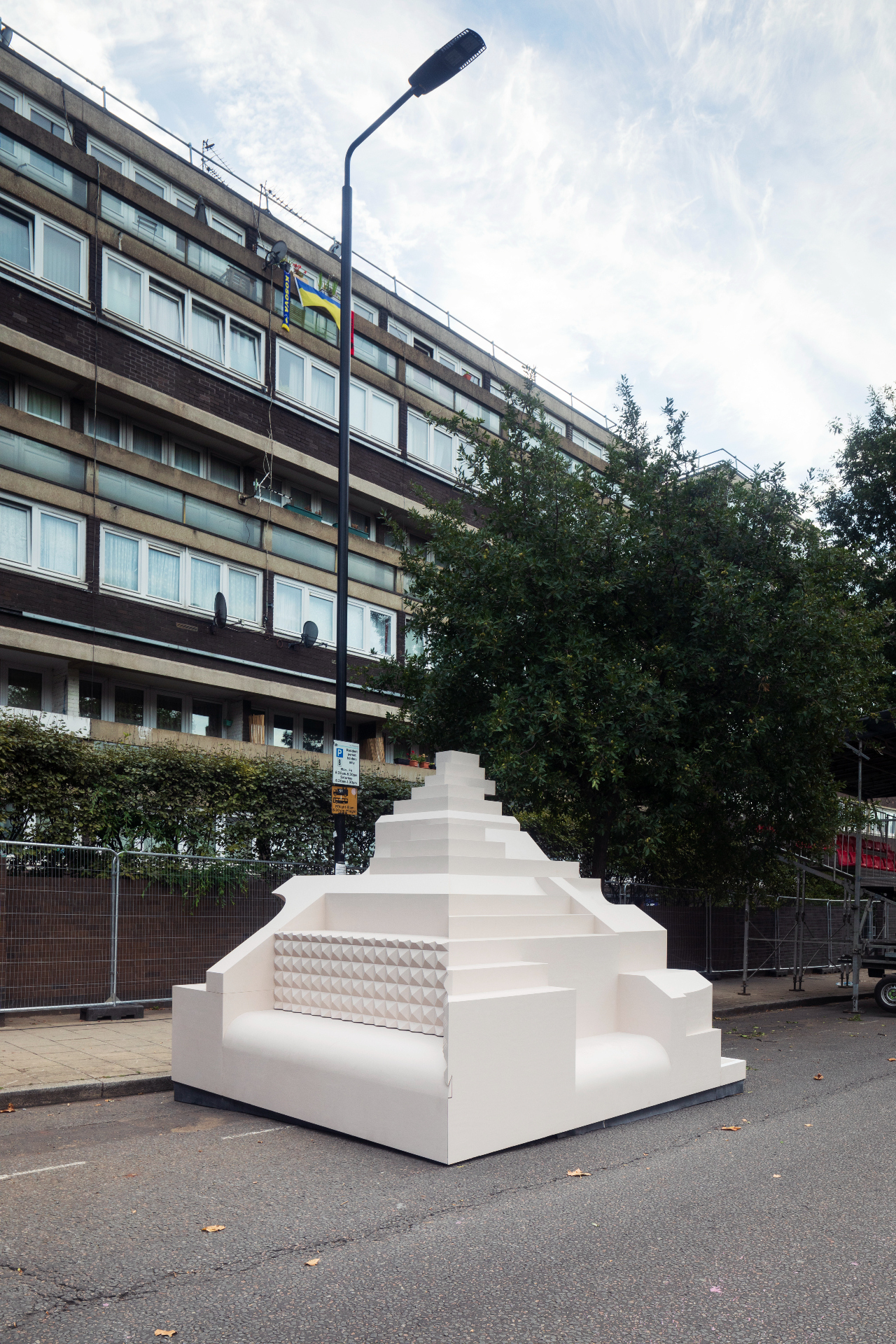
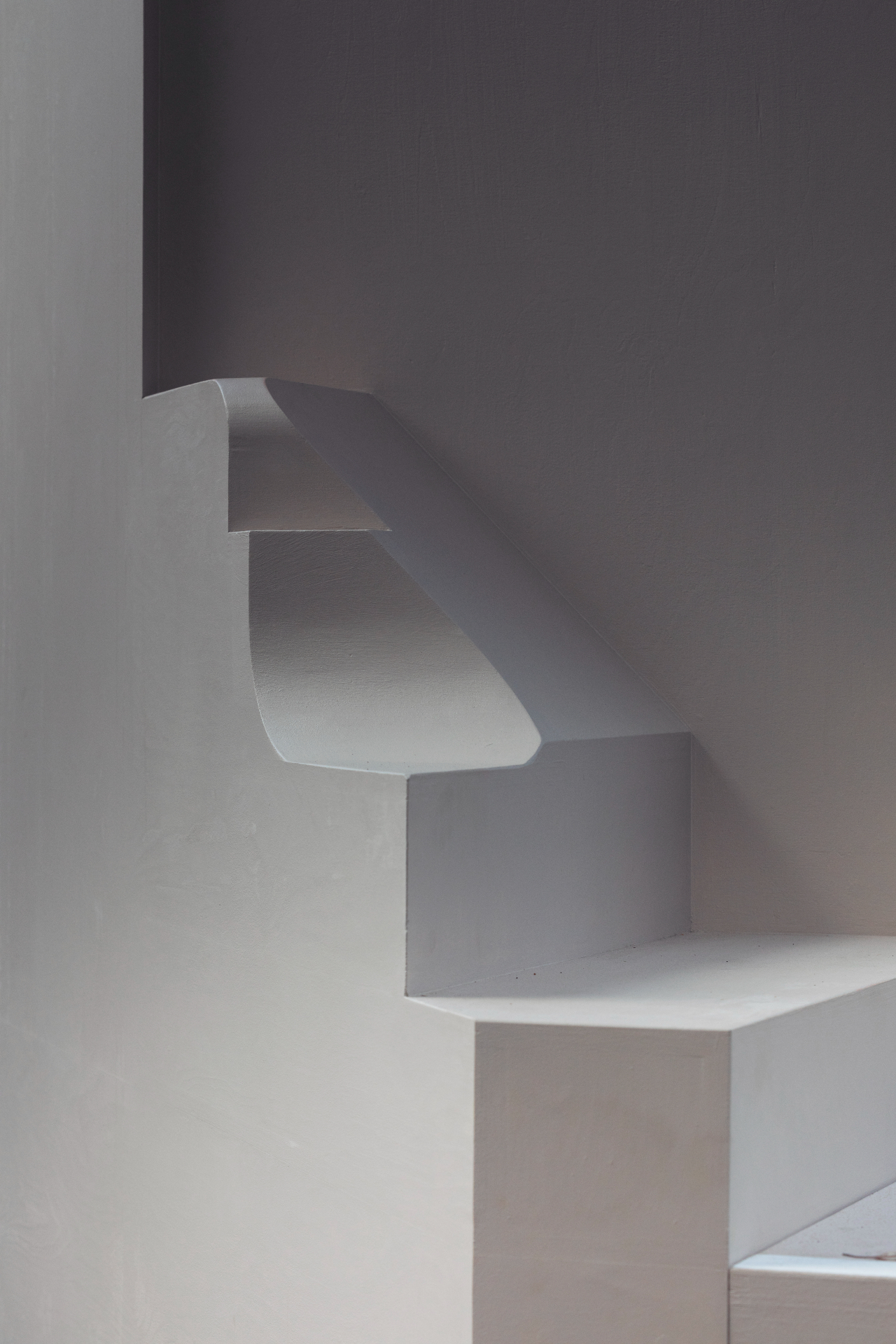
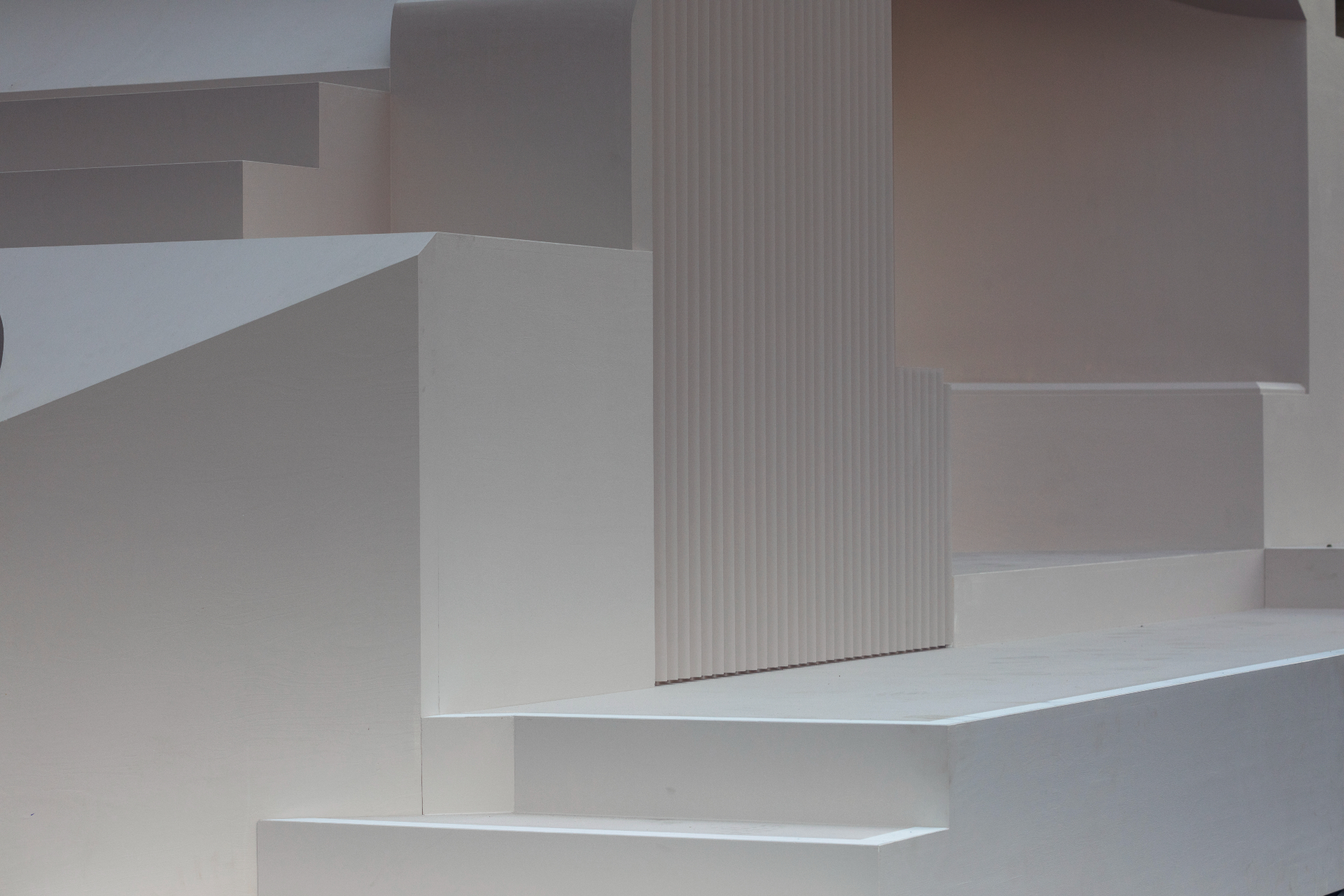
INFORMATION
Shawn Adams is an architect, writer, and lecturer who currently teaches at Central St Martins, UAL and the Architectural Association. Shawn trained as an architect at The Royal College of Art, Architectural Association and University of Portsmouth. He is also the co-founder of the socially-minded design practice Power Out of Restriction. In 2023, POoR won the London Design Festival’s Emerging Design Medal. Shawn writes for numerous international magazines about global architecture and design and aims to platform the voices of those living across the Caribbean, Asia, and Africa.
-
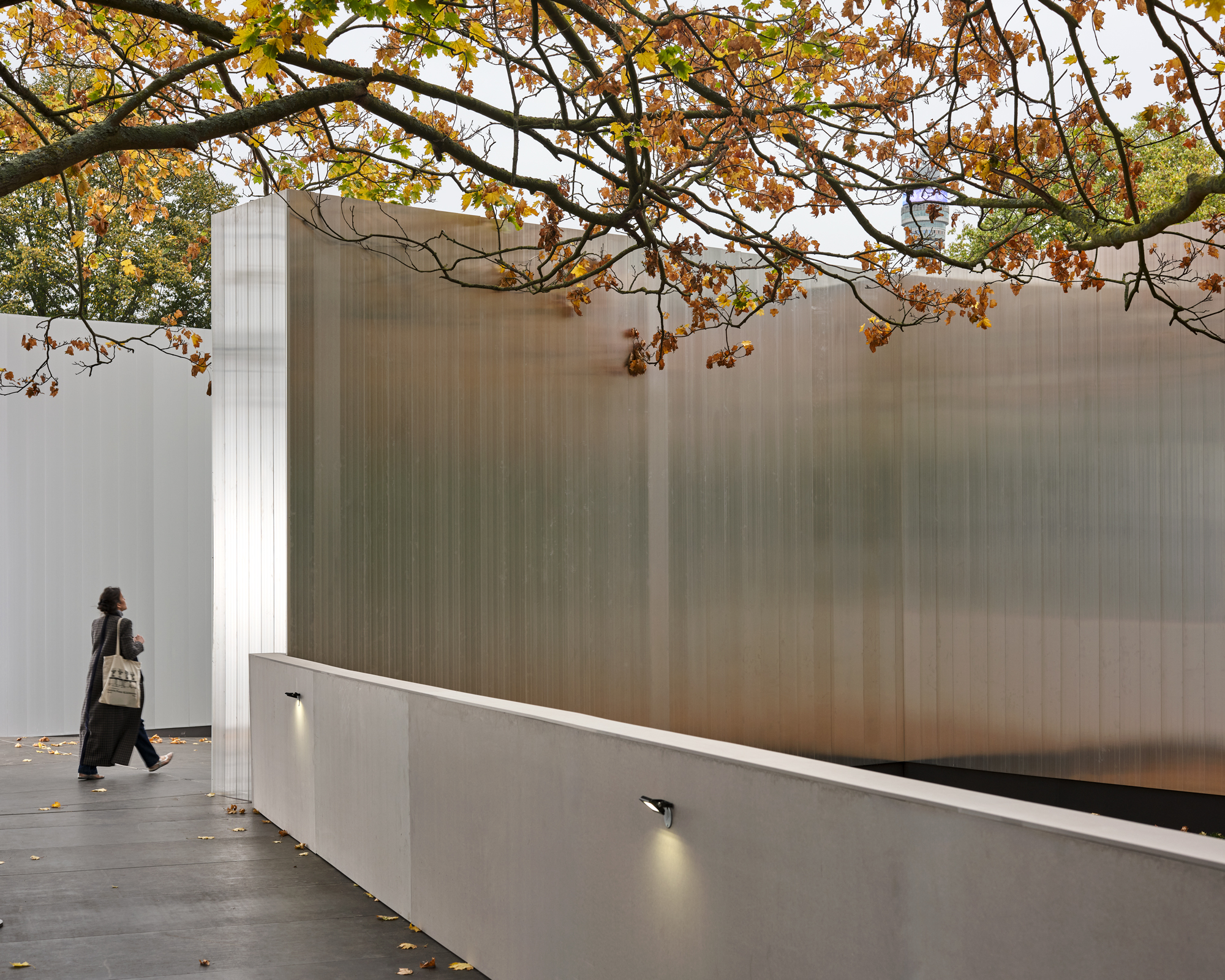 Out of office: The Wallpaper* editors' picks of the week
Out of office: The Wallpaper* editors' picks of the weekThe London office of Wallpaper* had a very important visitor this week. Elsewhere, the team traverse a week at Frieze
-
 Alexandre de Betak on getting lost to find himself in London
Alexandre de Betak on getting lost to find himself in LondonAs the world-renowned artistic director opens his first personal studio in London during Frieze Week, Alexandre de Betak reflects on leaving the fashion runway behind to explore light, space and creative freedom
-
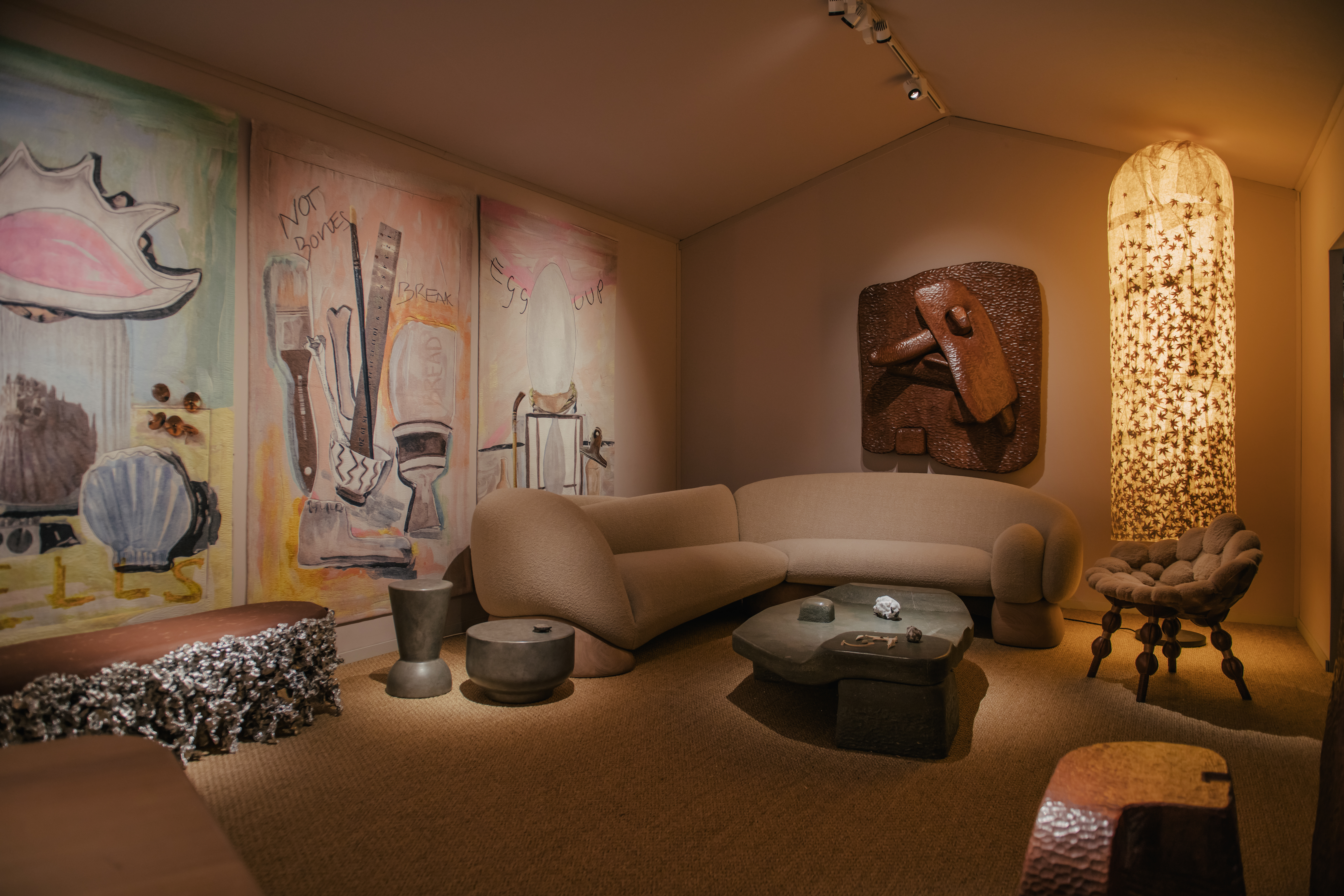 Step inside Faye Toogood's intimate cabinet of curiosities at PAD London
Step inside Faye Toogood's intimate cabinet of curiosities at PAD LondonFor PAD London 2025, (until 19 October) Faye Toogood presents The Magpie’s Nest with Friedman Benda
-
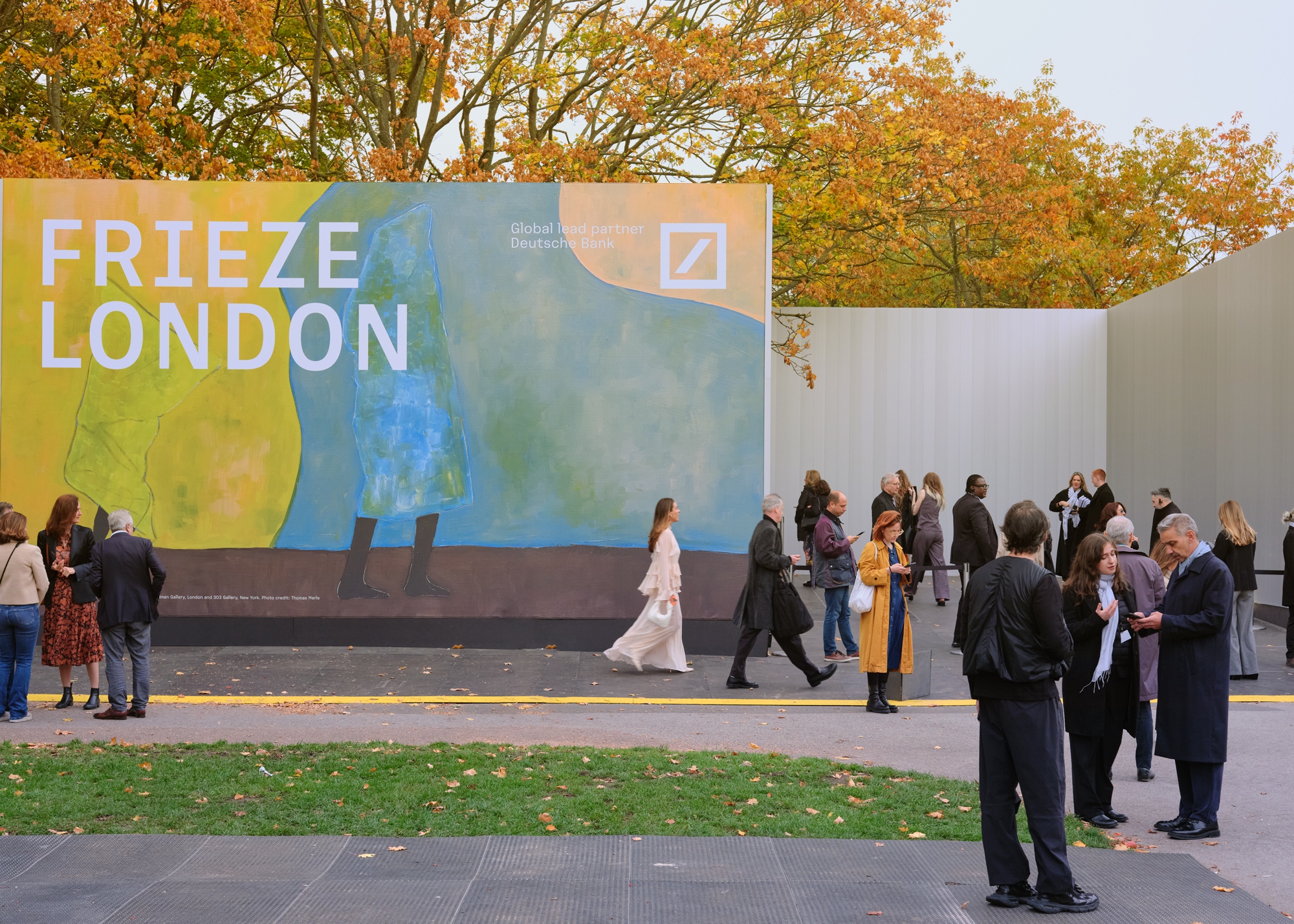 The architectural innovation hidden in plain sight at Frieze London 2025
The architectural innovation hidden in plain sight at Frieze London 2025The 2025 Frieze entrance pavilions launch this week alongside the art fair, showcasing a brand-new, modular building system set to shake up the architecture of large-scale events
-
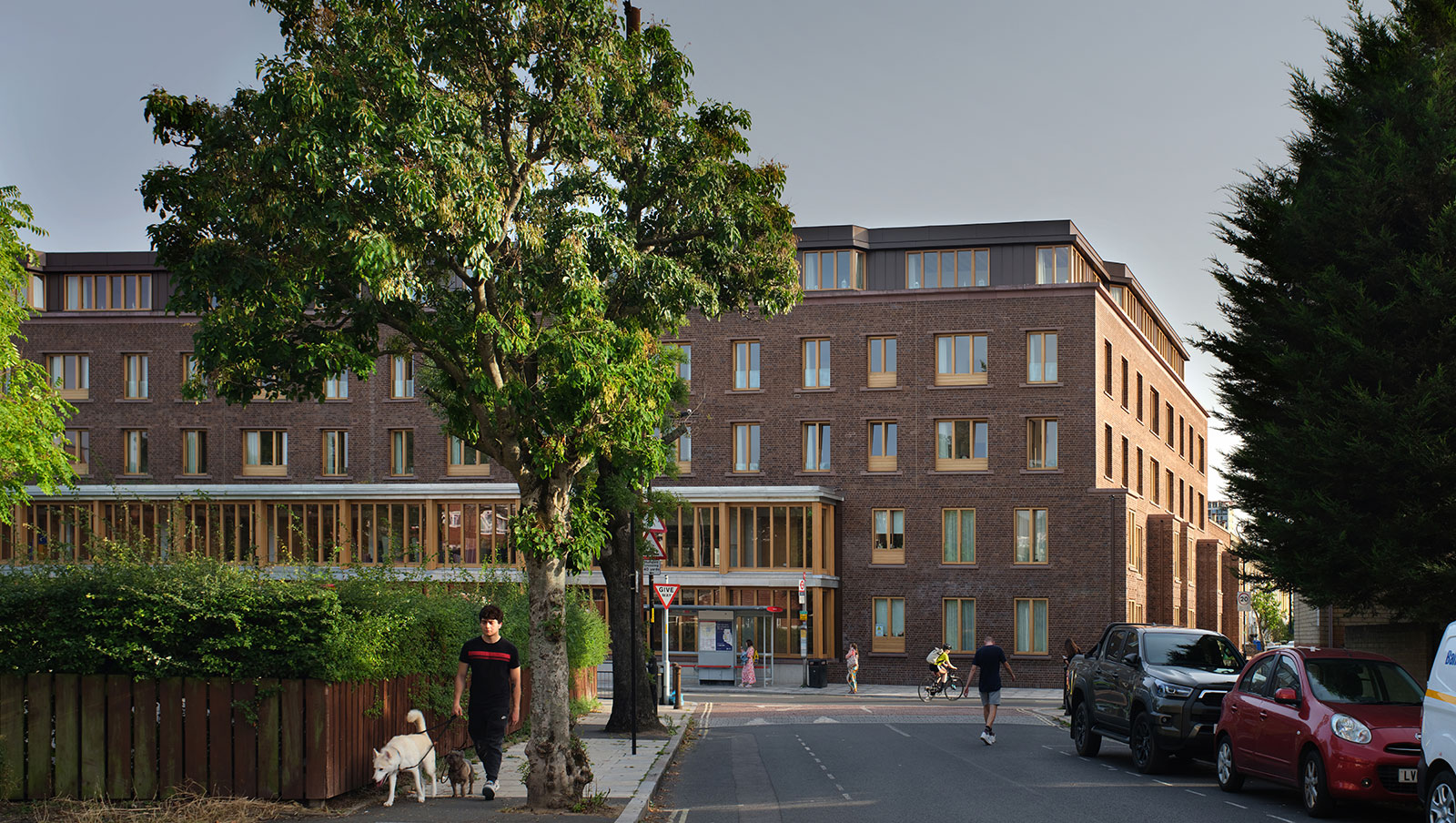 RIBA Stirling Prize 2025 winner is ‘a radical reimagining of later living’
RIBA Stirling Prize 2025 winner is ‘a radical reimagining of later living’Appleby Blue Almshouse wins the RIBA Stirling Prize 2025, crowning the social housing complex for over-65s by Witherford Watson Mann Architects, the best building of the year
-
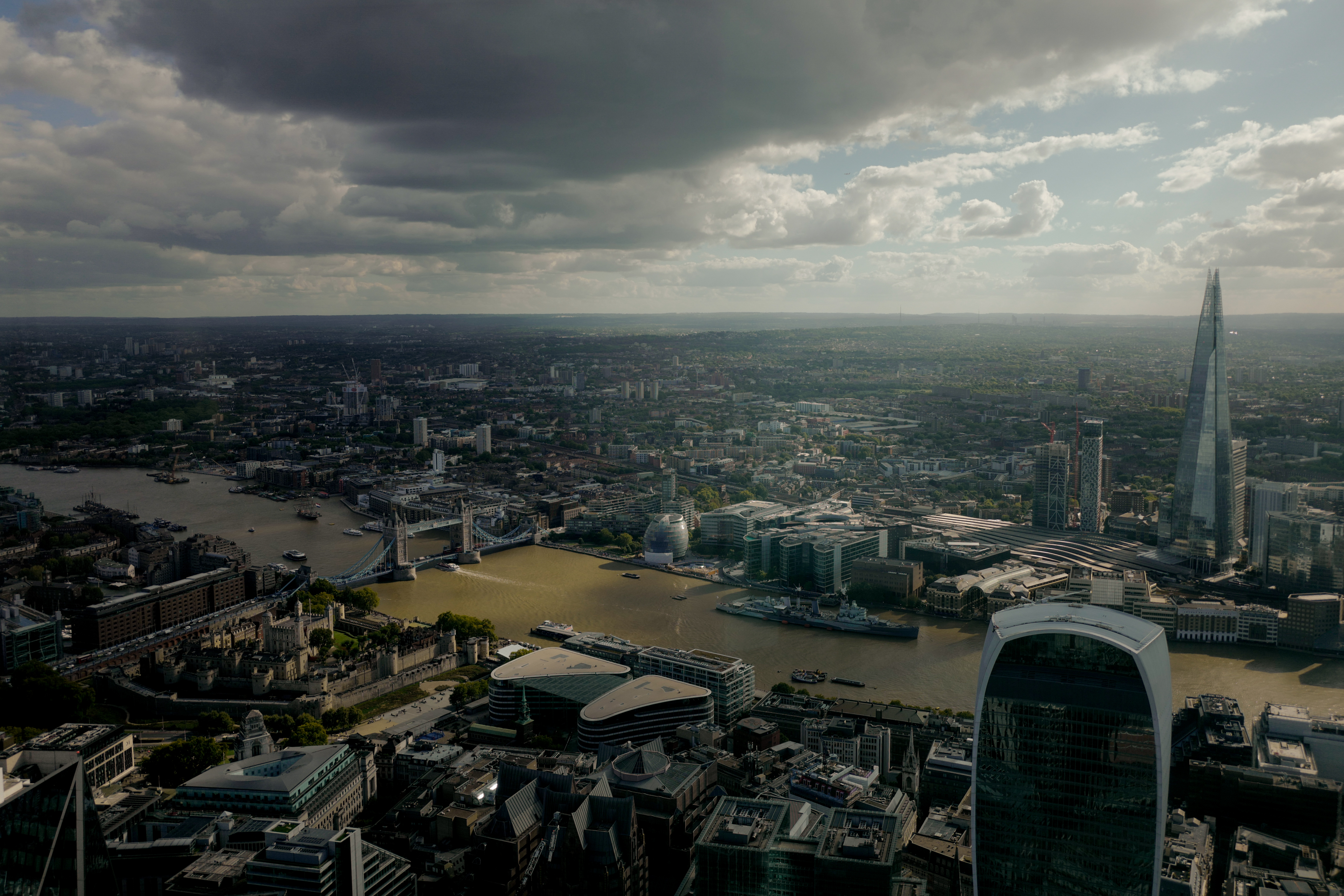 ‘Belonging’ – the LFA 2026 theme is revealed, exploring how places can become personal
‘Belonging’ – the LFA 2026 theme is revealed, exploring how places can become personalThe idea of belonging and what it means in today’s world will be central at the London Festival of Architecture’s explorations, as the event’s 2026 theme has been announced today
-
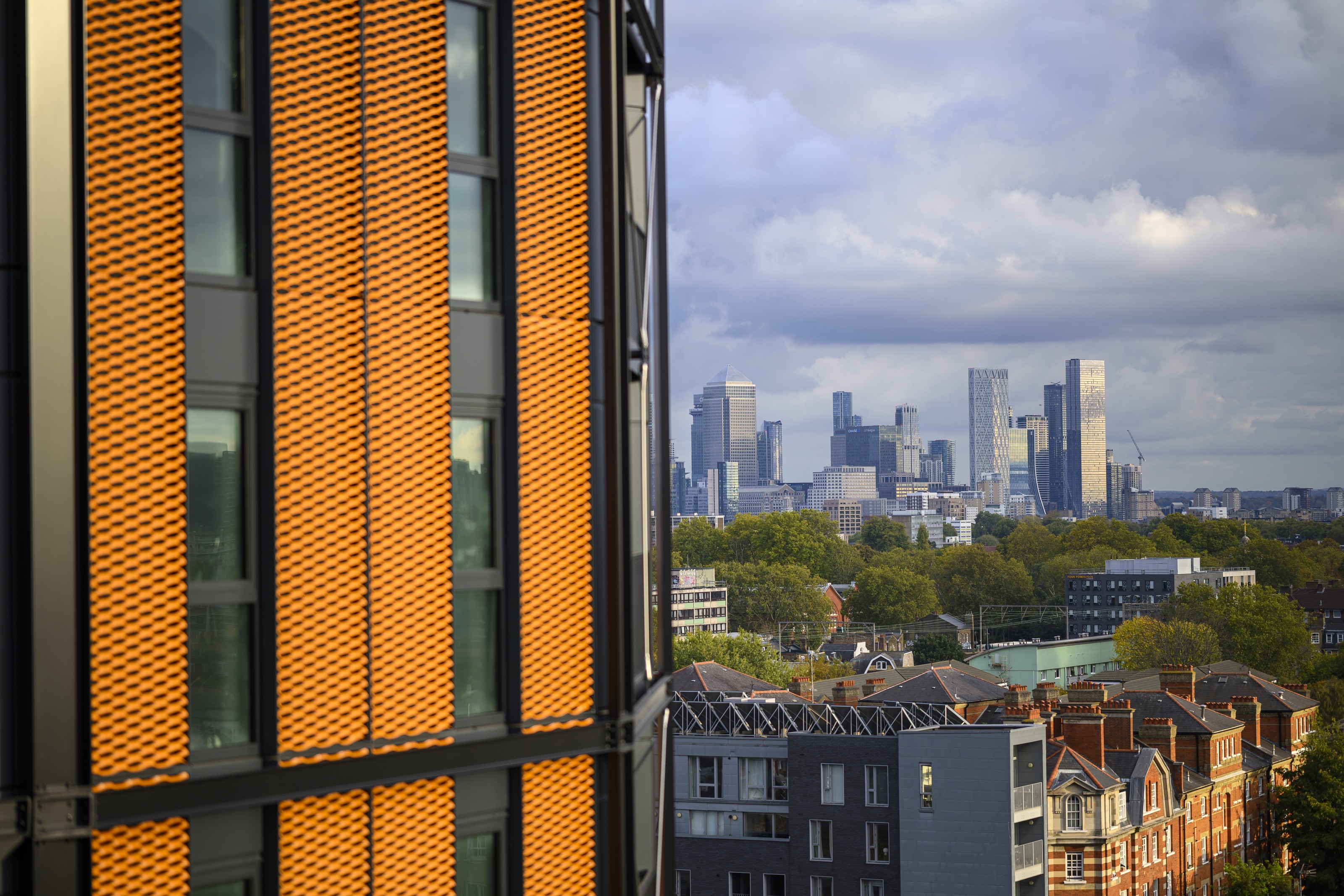 Join us on a first look inside Regent’s View, the revamped canalside gasholder project in London
Join us on a first look inside Regent’s View, the revamped canalside gasholder project in LondonRegent's View, the RSHP-designed development for St William, situated on a former gasholder site on a canal in east London, has just completed its first phase
-
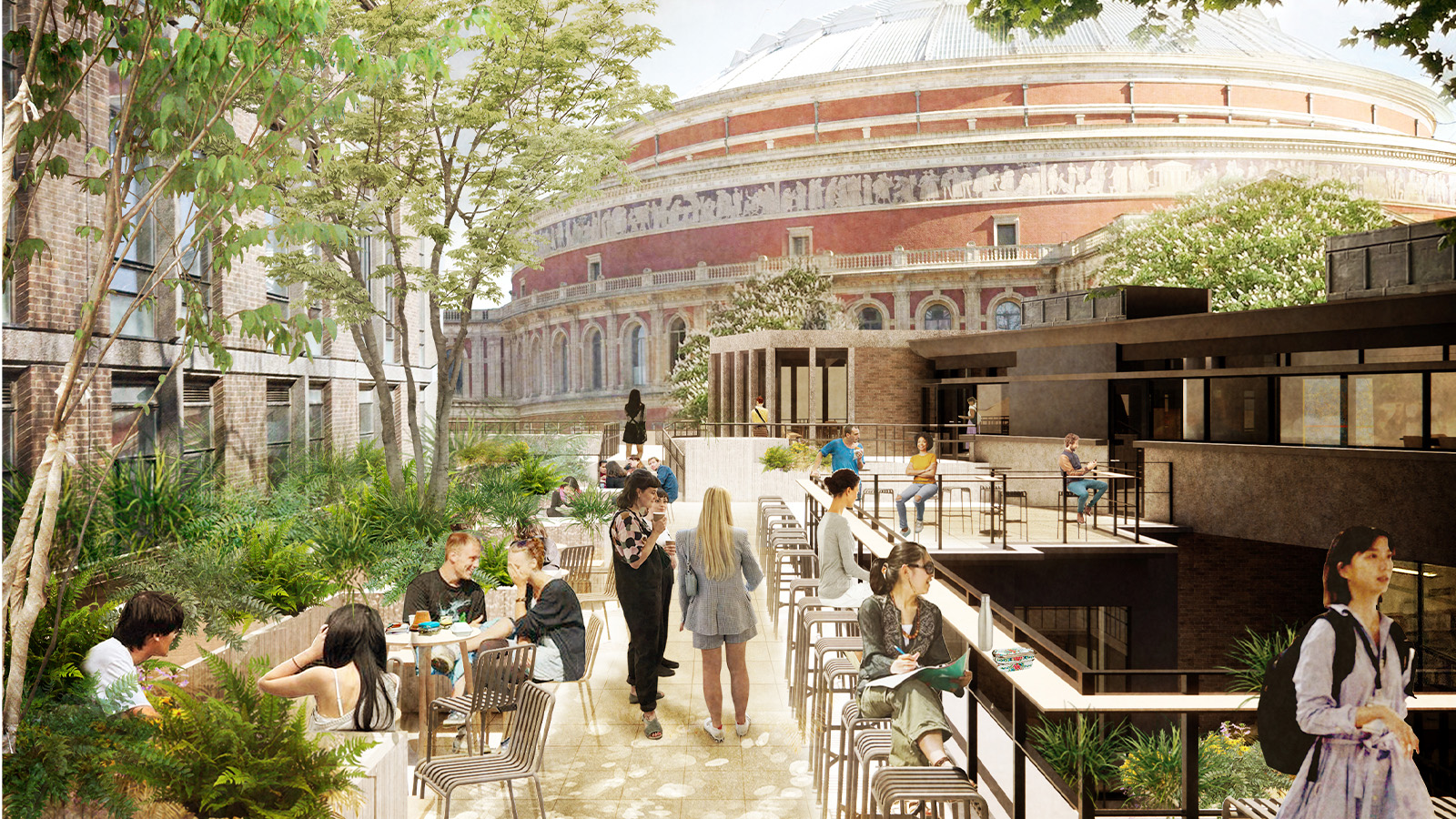 The Royal College of Art has announced plans for renewal of its Kensington campus
The Royal College of Art has announced plans for renewal of its Kensington campusThe Royal College of Art project, led by Witherford Watson Mann Architects, includes the revitalisation of the Darwin Building and more, in the hopes of establishing an open and future-facing place of creativity
-
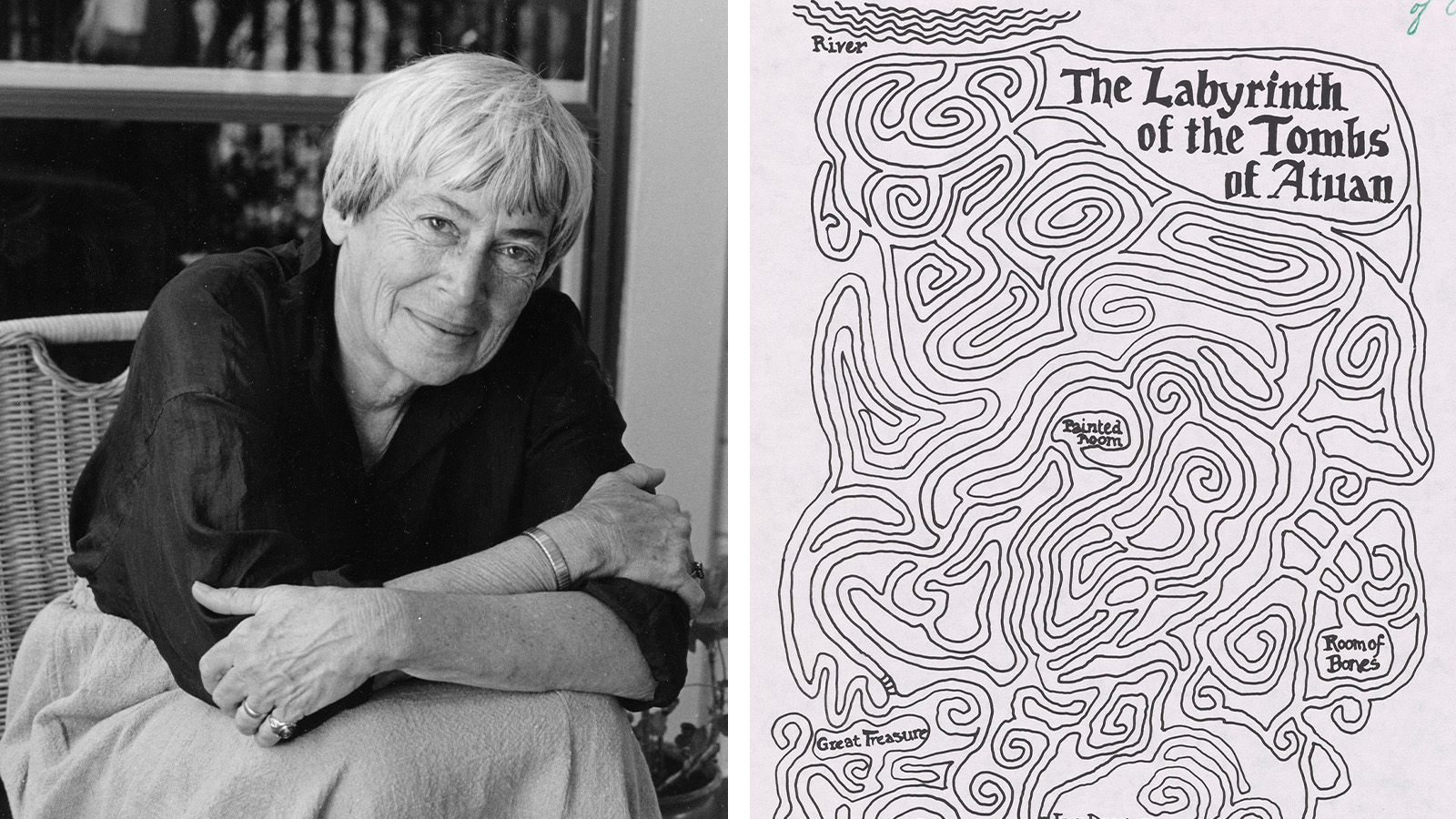 Ursula K Le Guin’s maps of imaginary worlds are charted in a new exhibition
Ursula K Le Guin’s maps of imaginary worlds are charted in a new exhibitionUrsula K Le Guin, the late American author, best known for her science fiction novels, is celebrated in a new exhibition at the Architectural Association in London, charting her whimsical maps, which bring her fantasy worlds alive
-
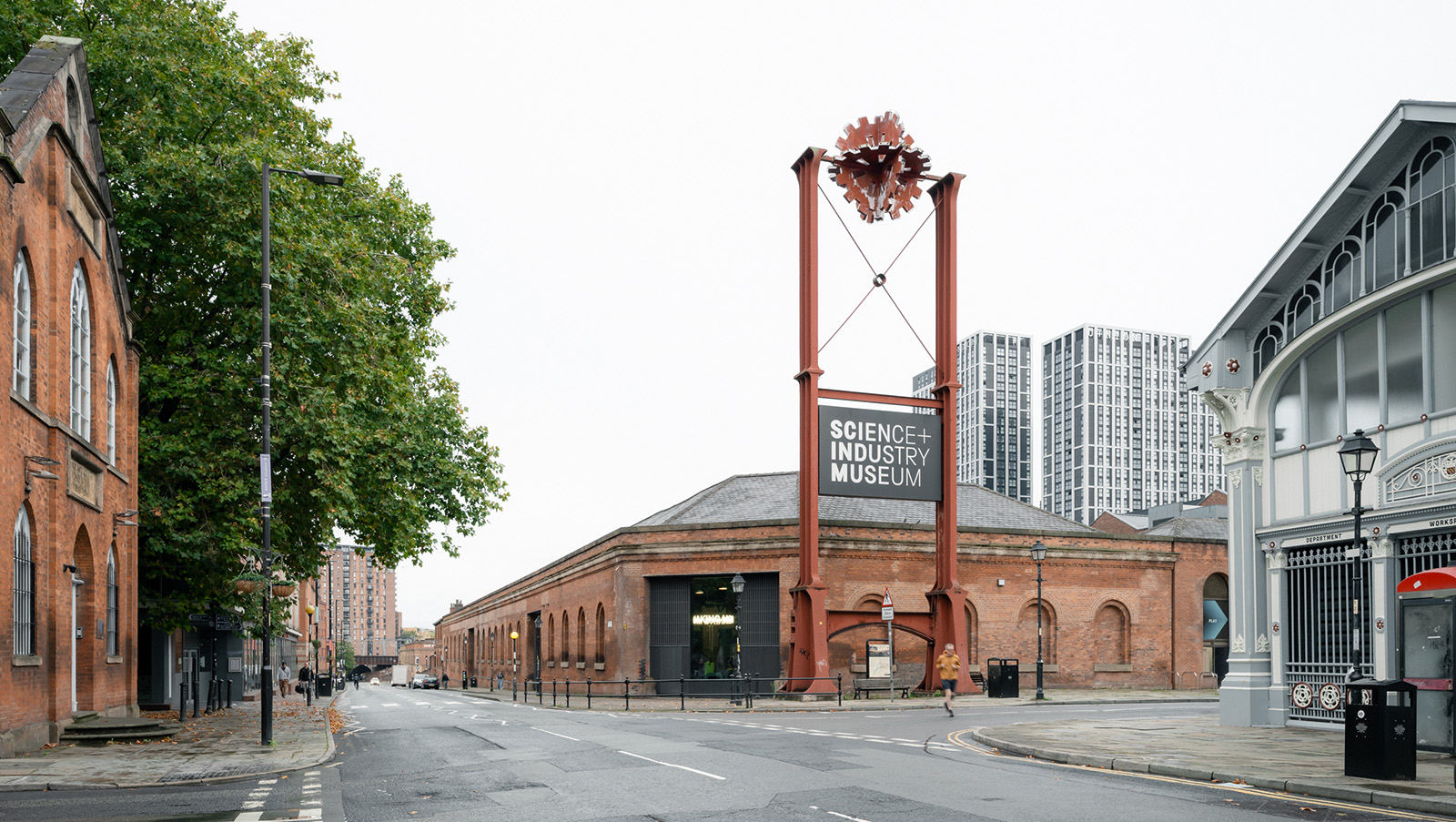 Power Hall’s glow-up shines light on science and innovation in Manchester
Power Hall’s glow-up shines light on science and innovation in ManchesterPower Hall at The Science and Industry Museum in Manchester was given a spruce-up by Carmody Groarke, showcasing the past and future of machines, engineering and sustainable architecture
-
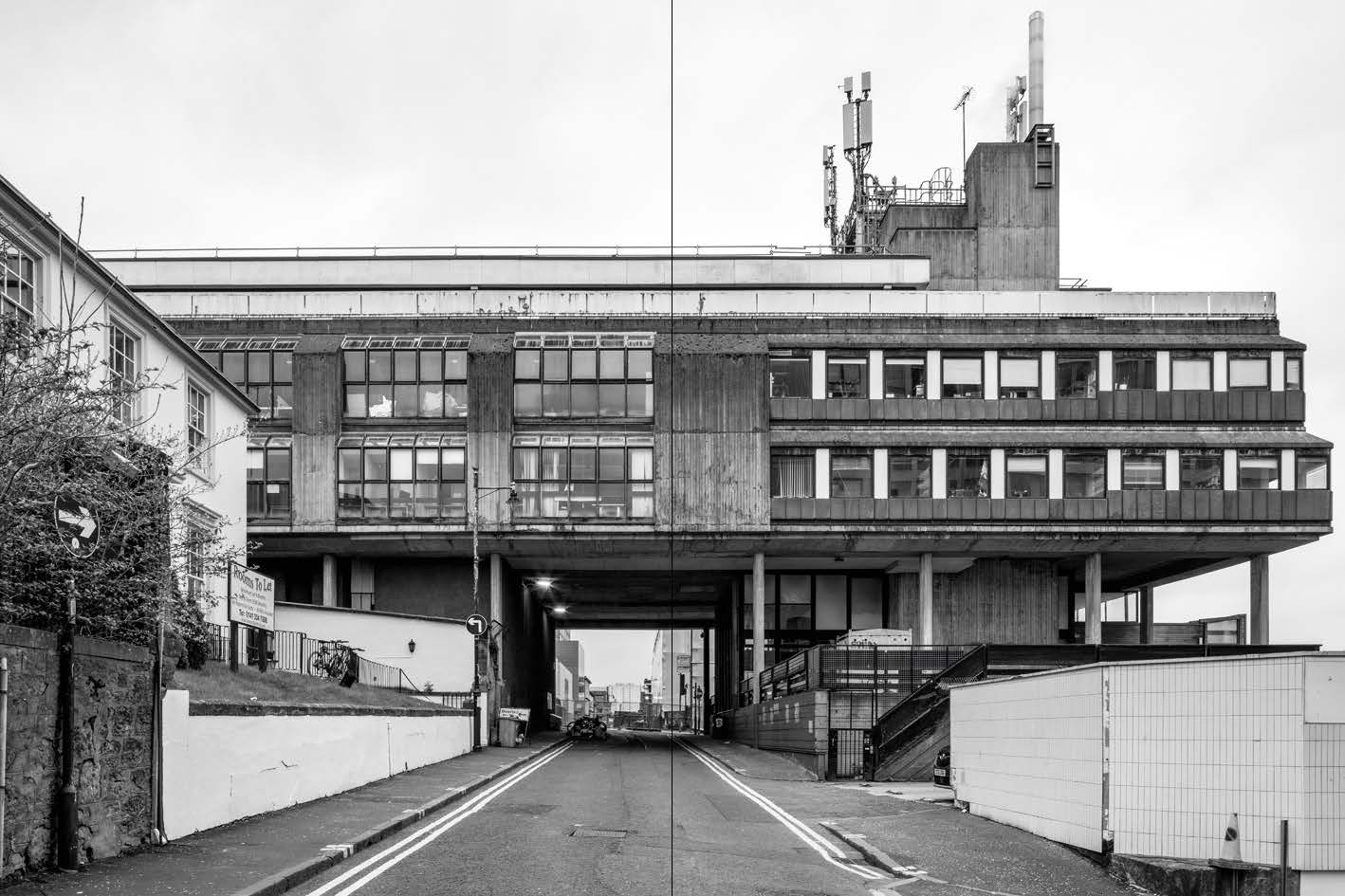 Celebrate the angular joys of 'Brutal Scotland', a new book from Simon Phipps
Celebrate the angular joys of 'Brutal Scotland', a new book from Simon Phipps'Brutal Scotland' chronicles one country’s relationship with concrete; is brutalism an architectural bogeyman or a monument to a lost era of aspirational community design?